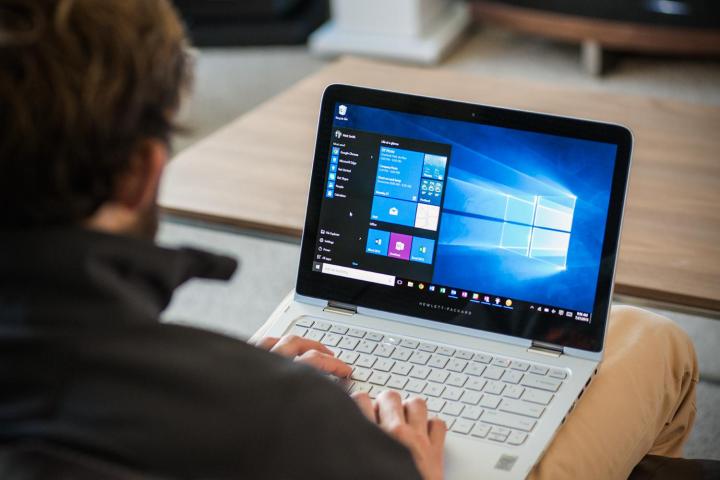
All you need to proceed is a DVD or an 8GB USB drive, a legitimate product key for Windows 7, Windows 8.1, or Windows 10, and the Windows Media Creation Tool. A walkthrough of how to use the tool to create an .ISO is available from WinBeta — users already running Windows 10 should find that their system downloads and installs the patch automatically.
Microsoft claims that this update makes Windows 10 a realistic option for businesses and other organizations looking to update their OS. However, it remains to be seen how many of these outfits will take the company up on their offer of a free upgrade.
In late October, Microsoft announced that Windows 10 had reached a whopping 120 million installs in its first three months of availability. It seems that the company’s next focus will be on introducing the OS into the business sphere, arguably a more difficult task than wooing the general public.
It’s been clear from the outset that Windows 10 is intended to bring together the disparate PC user base to help Microsoft more effectively distribute bug fixes and other important updates. It stands to reason that the company would be eager to ensure that users installing the OS now would be running the most up-to-date version.
While today’s update does boast some new functionality and some important fixes, Microsoft has stated that the first ‘major’ changes to Windows 10 will come next summer, with the company’s Continuum project set to be a key focus.
Editors' Recommendations
- Surface Pro 10: all the major changes rumored for the new model
- Windows 11 tips and tricks: 8 hidden settings you need to try
- Microsoft announces a new threat to push people to Windows 11
- How Intel and Microsoft are teaming up to take on Apple
- Microsoft Edge is slowly becoming the go-to browser for PC gamers


